SUMMER IN MY GARDEN - Episode Three - THE FOCUS IS ON THE FIG TREES THIS TIME
I have four trees that produce plenty of delicious, extremely sweet fruits every summer. Every tree bears fruits in different periods providing fresh figs more or less constantly throughout the season. My friends, family, and I aren't the only creatures that enjoy those fruits. We share them with a wide variety of fascinating little arthropods whose existence revolves around the plants in my yard.
You'll see plenty of insects in this episode, and some spiders too.
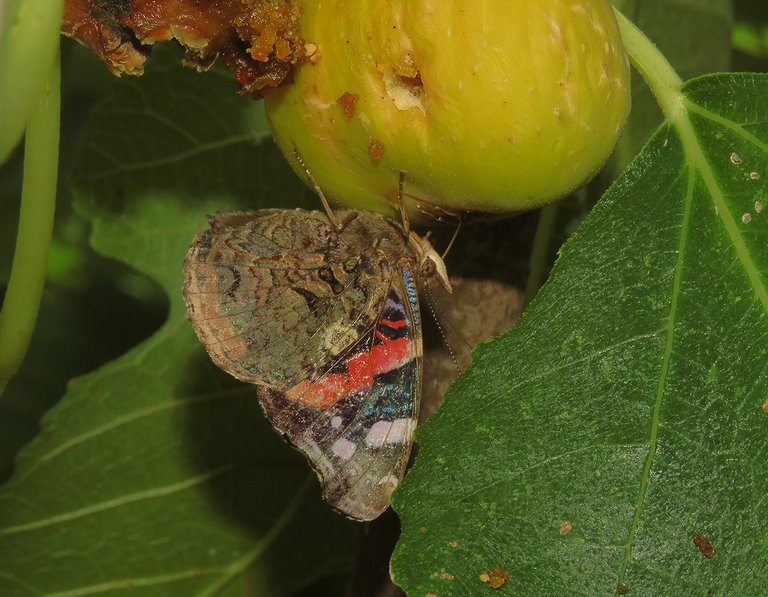
This is Vanessa atalanta, commonly known as the red admiral, a butterfly from the Nymphalidae family that often feeds on the overripe fruits that exude their juices through the crevices in the skin and holes made by other animals. In the following photograph ...
... the butterfly has spread its wings so you can see the colors and markings on the upper surfaces that were hidden a moment earlier.
The wings are vertically folded again in this shot. I rotated the photograph because when the butterfly is hanging upside down I feel the urge to turn myself on my head to get the scene leveled. This overturned, unnatural layout in the picture somehow looks more natural to me.
Here you can see a photograph taken when the butterfly has flown away.
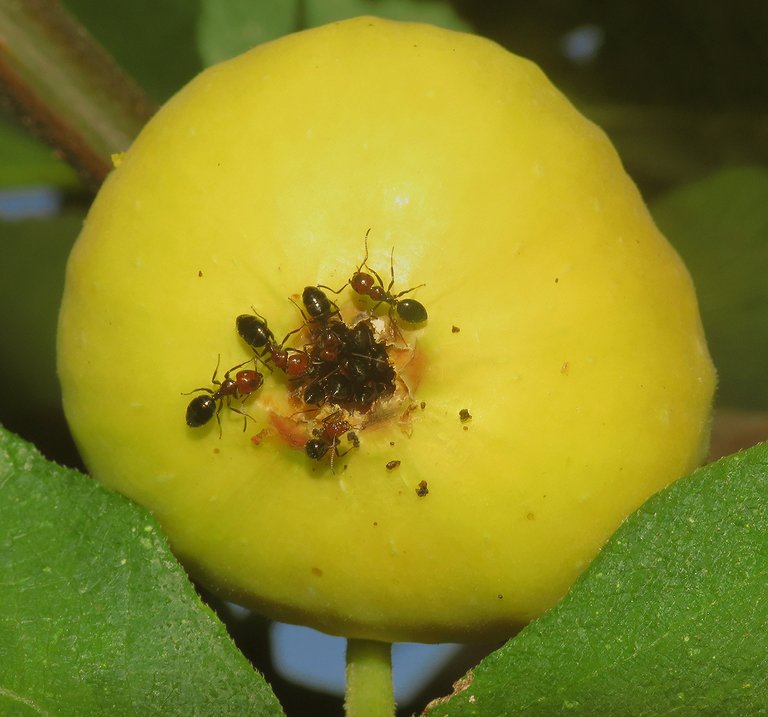
These ants also regularly feed on figs ...
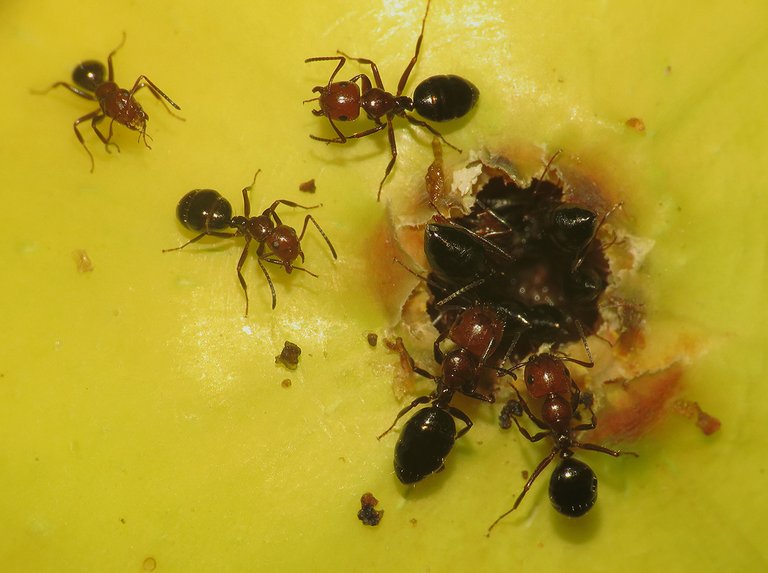
... but they can easily enter the ripe fruits that are still far from dissolving and rotting.
With their mandibles, ants can enlarge the tiny hole called the ostiole and reach the nutrient interior.
These are the Camponotus lateralis ants.
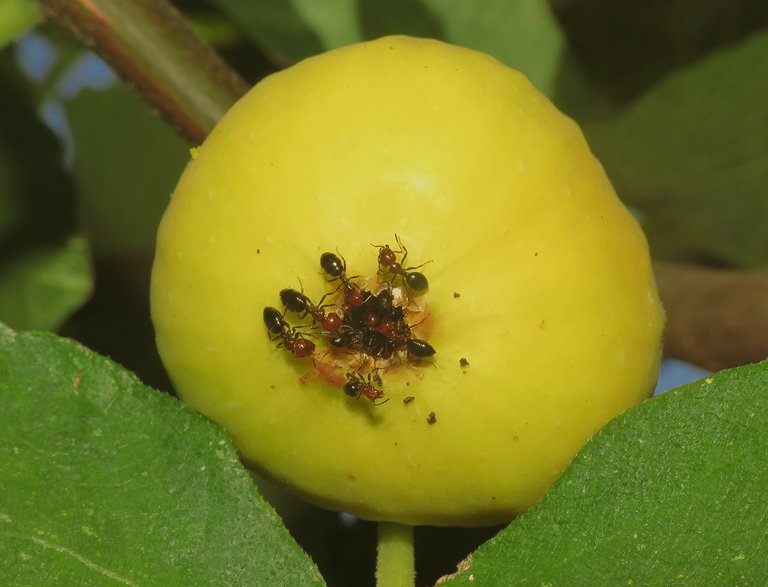
This species lives, nests, and searches for food mainly on trees.
Here you can see an early morning portrait of one of the many leaves that cover the branches of my fig trees during the summer.
I found a few interesting insects on those leaves. Some of them were tiny like this weevil, for example ...
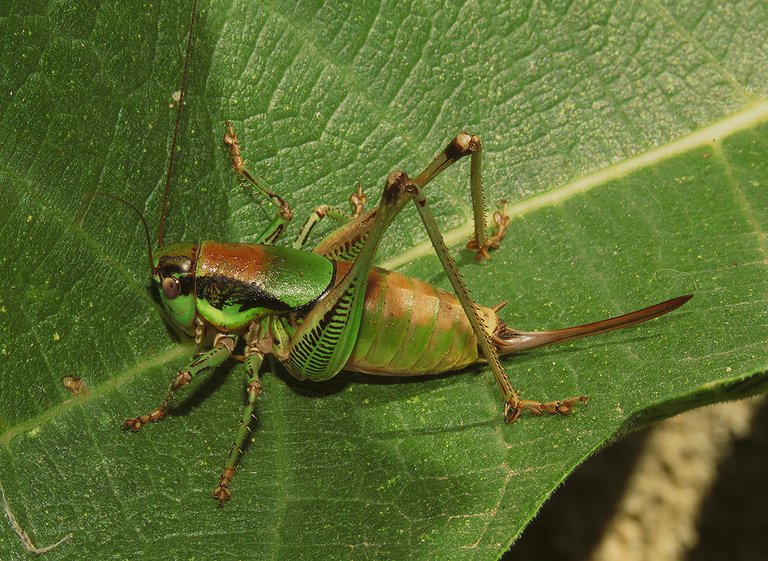
... others were pretty big for an insect.
This Eupholidoptera chabrieri bushcricket is the biggest of those big ones.
When it comes to the tiny weevil, the name of the species is Trichosirocalus troglodytes. The family is Curculionidae. This beetle doesn't feed on any part of the fig tree.
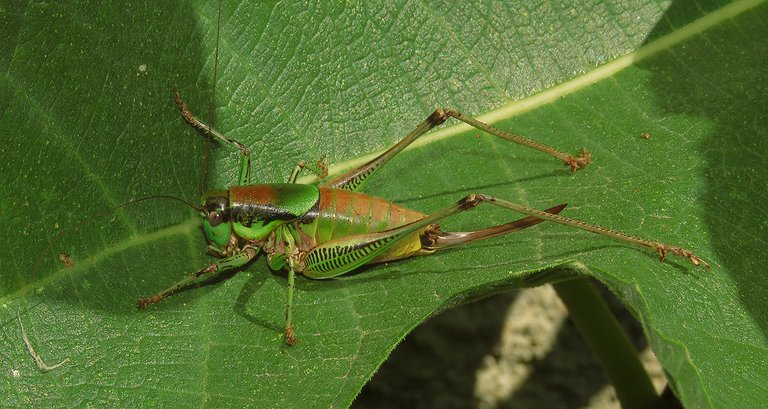
The bushcricket is stretching its long hindlegs in this shot.
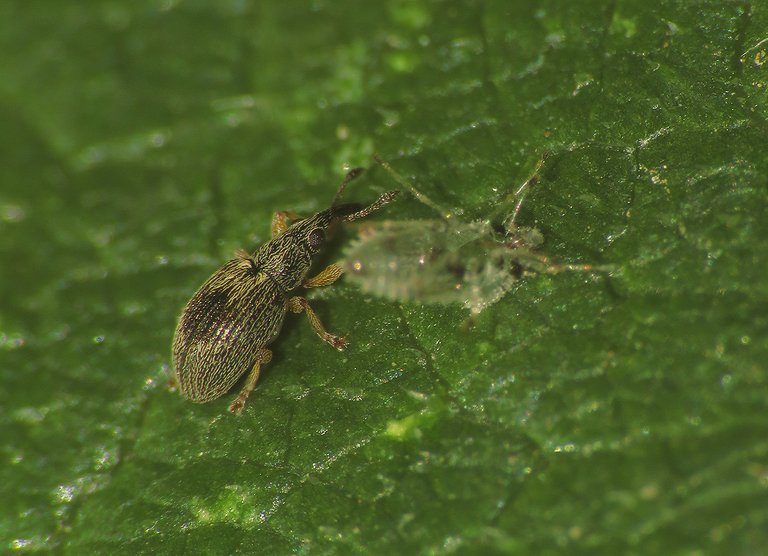
Here you can see another weevil. This species is even smaller than the previous one. Can't tell you its scientific name. The family is probably Apionidae.
Here you can see the long-legged Nephrotoma appendiculata crane fly resting on the leaf.
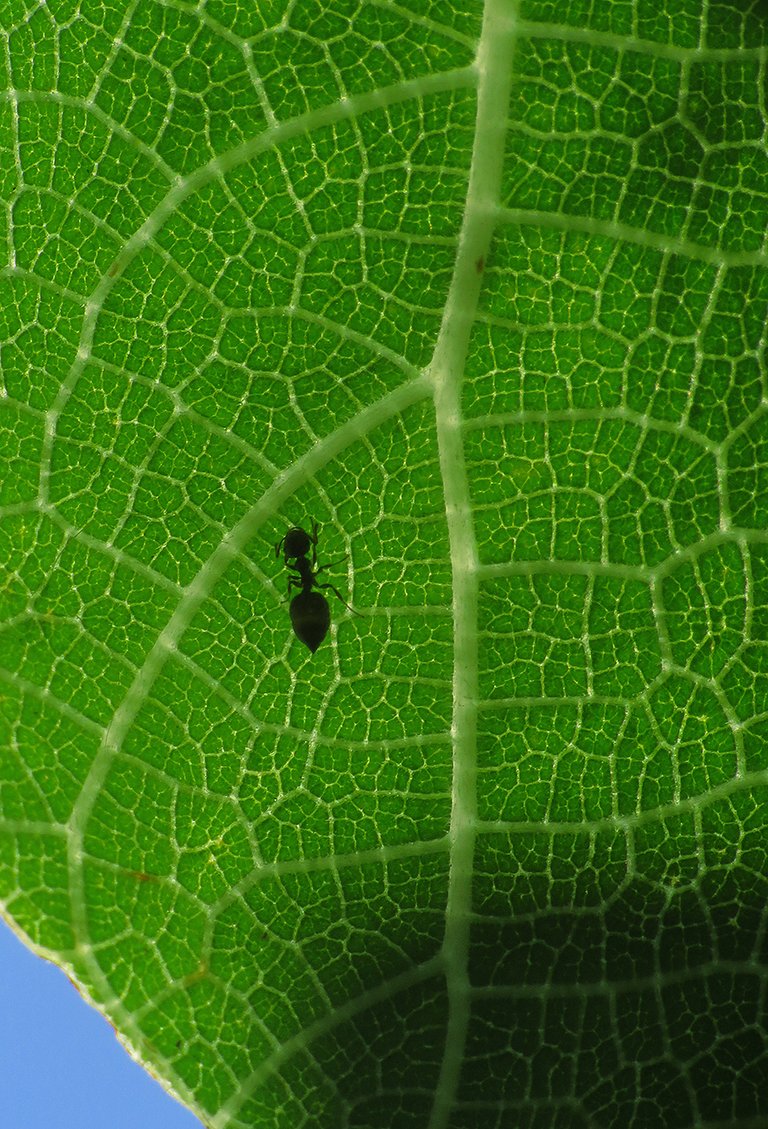
You can take a look at one tiny ant here.

The name of the species is Crematogaster ionia.
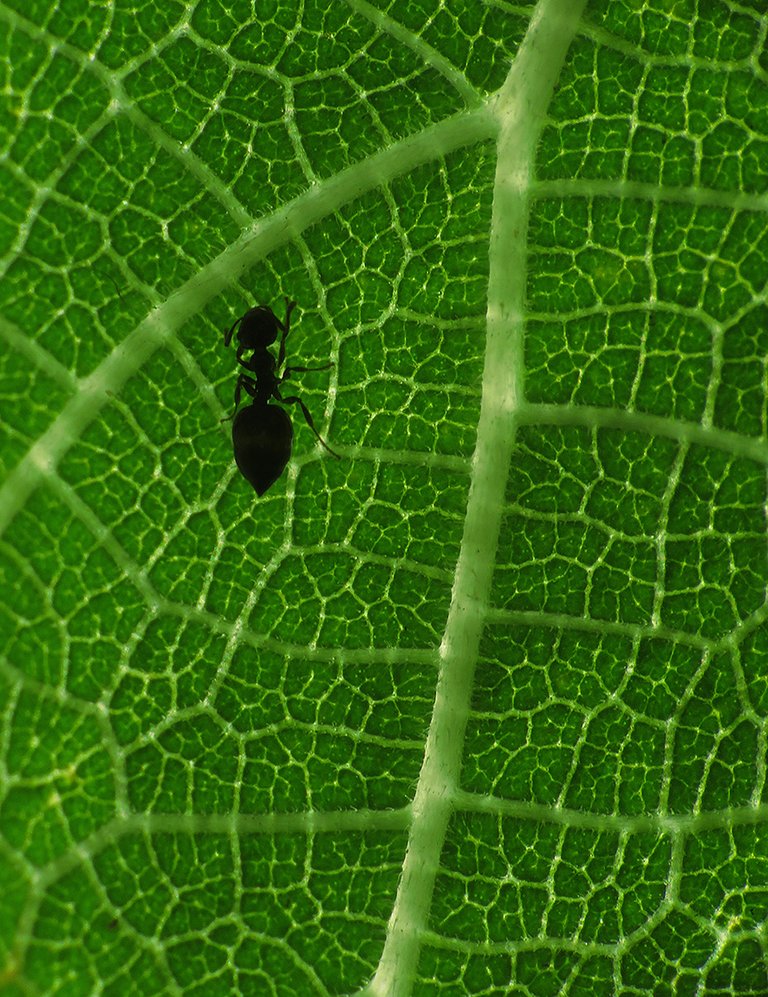
I used only the ambient light in this and the previous two photographs.
In this wider shot, you can compare the size of the bushcricket with the size of the leaf. The leaves are pretty large, that's the point this photograph is trying to make.
Here you can see a collection of foliage from all four trees in my yard. The species is always the same, Ficus carica, but cultivars are different. The leaves look the same, but there is a nice diversity among the fruits.
The skin of the figs shown in this tryptich made of photographs taken on the last day of August has a nice combination of green and violet color and their juice is intensely red.
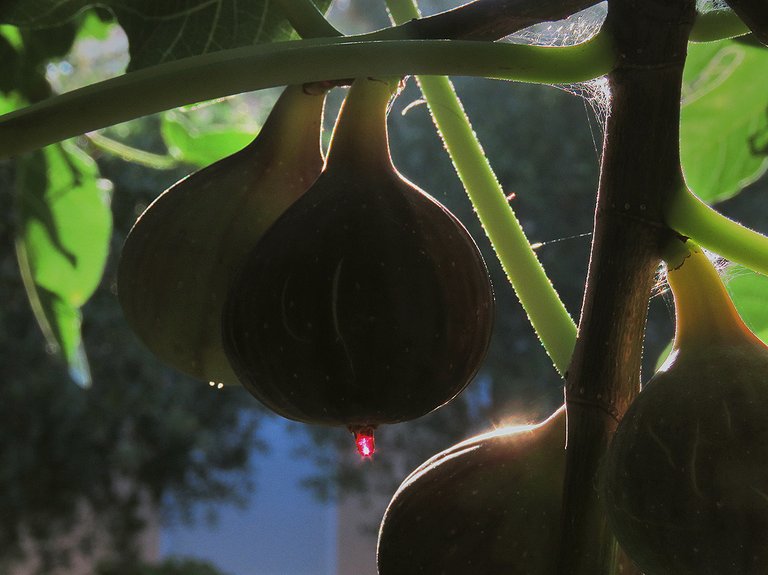
On the 3rd of September, early in the morning ...
... the sweet, sticky liquid dripping from the fruits was beautifully illuminated.
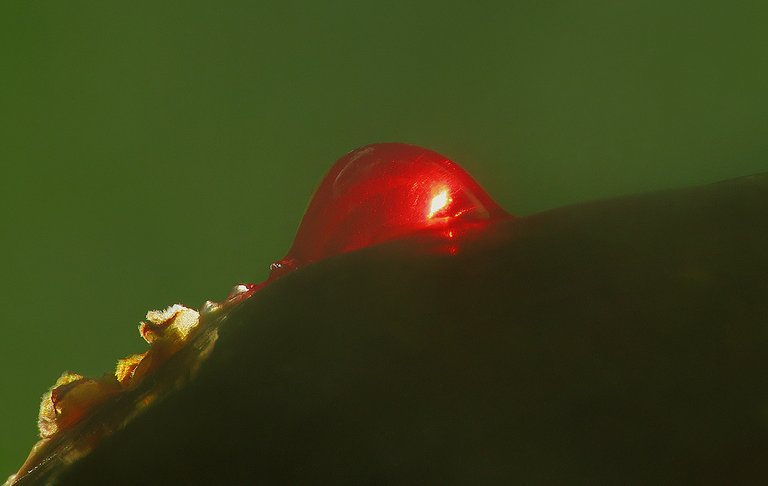
This is one of those tiny but spectacular things that happen regularly in my garden, year after year, but I notice them once in a decade, or in some cases - never.

Through photography, one can collect and preserve these delicate liquid jewels.
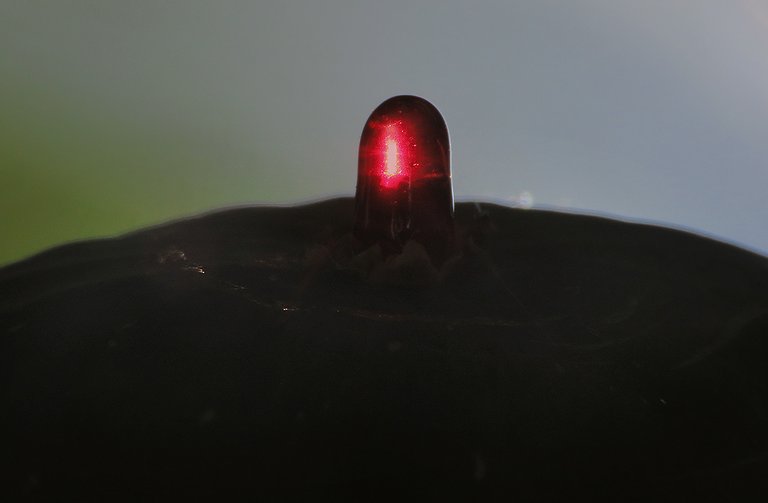
In this shot, the droplet is shown upside down. It looks more surreal, more like something out of a fantasy setting that way.
The juice was coming out through a tiny hole called the ostiole.
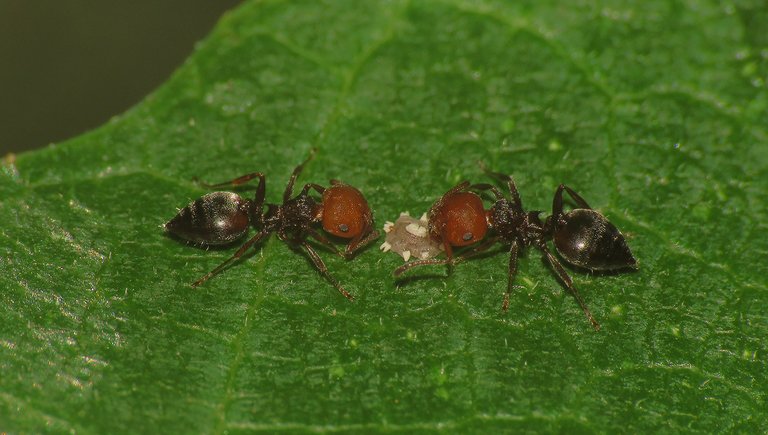
Here you can see two Crematogaster scutellaris ants tending a waxy scale insect.
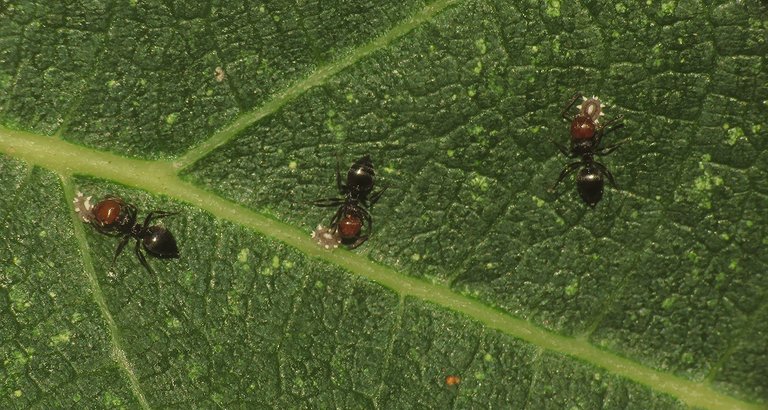
Ceroplastes waxy scales, sparsely scattered across the upper surface of some leaves, can produce honeydew.
The ants love that sugary liquid very much, so by protecting the scale insects, they protect a precious source of food.
The waxy scale insects shown in this and the previous five photographs belong to the genus Ceroplastes of the Coccidae family. I can't tell you what species exactly this is. A few of them who can be found on fig trees are present in this area. Ir could be the Ceroplastes sinensis. Or the Ceroplastes rusci. Or something else. These insects defy any idea one can have about insect anatomy. They look more like limpets in their adult life. They have no limbs, no eyes, no antennae. Only the first instar nymphs and rare males have all those usual body parts. Males have wings too. Reproduction is mostly parthenogenetic so the males aren't really required for the colony to thrive.
On the leaf of another fig tree, the one planted in the opposite corner of the yard ...
... I found a high concentration of scale insects of a different kind.
Ants were also there.
The upper surface of the large leaf was teeming with life.
Just like earlier, in the case of the Ceroplastes waxy scales, Crematogaster scutellaris workers were busy tending their herd and collecting the abundance of honeydew.
The scientific name of this scale insect commonly known as the brown soft scale is Coccus hesperidum.
These are all nymphs in various stages of growth. If you enlarge the photograph by clicking on it you can explore the soft scales better, and by doing so, you'll notice the slight differences in shape, color, and size.
The congregation of scale insects and ants was a pretty spectacular macro scene, a joy to photograph.
On another leaf of the same tree, I saw many ants running around just one adult brown soft scale.
On one of the neighboring leaves, I photographed a small group of ants working around one adult Coccus hesperidum surrounded by a bunch of tiny nymphs. The ants and the scales were partially covered by some kind of silky awning made of sparse threads left probably by some caterpillar.
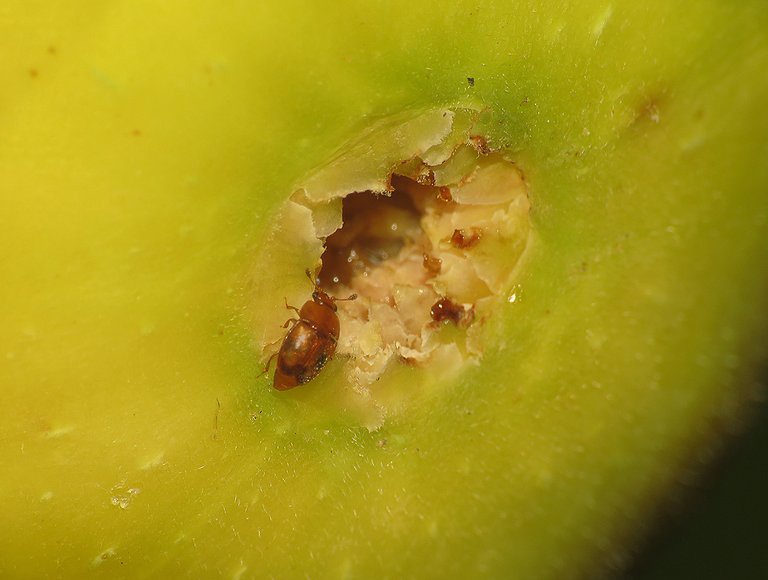
Here you can see a minuscule beetle entering the fruit through the ostiole.
Epuraea ocularis is the name of this species from the Nitidulidae family. I saw a few of these beetles entering and exiting the same fruit. Epuraea ocularis feeds on various overripe fruits and all kinds of decaying vegetable matter.
At some point, I saw a closely related species from the same family coming out of the fruit. A mating pair of Carpophilus zeaphilus. They were pretty fast so I wasn't able to get anything better than this shot in which the beetles are partially hidden by the fig.
The common fruit flies (Drosophila melanogaster) were also visiting the interior of that same fig. You can see one of those in the center of this shot.
You can see a much bigger beetle entering the soft overripe fruit in this set of six photographs. The beetle can be only partially seen here but in the following shot ...
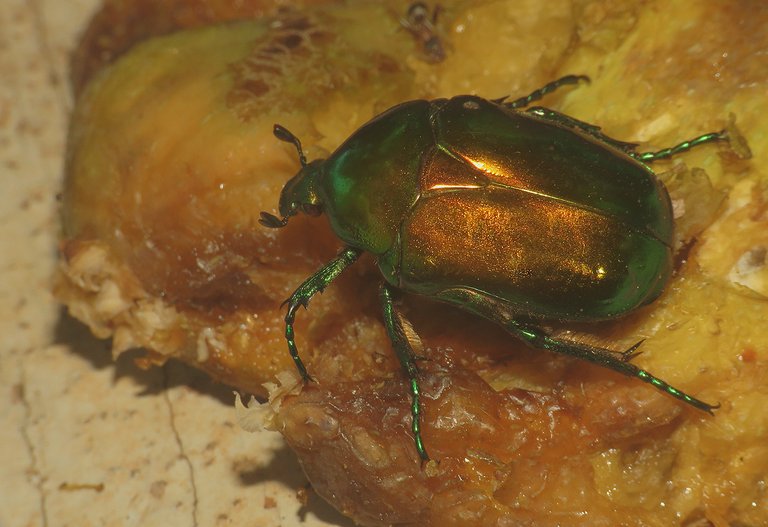
... you can see the entire insect in all its iridescent glory. This Protaetia aeruginosa, that's the scientific name of the species, was photographed on the fruit that had fallen down on the ground below the tree. Protaetia aeruginosa belongs to the large and varied Scarabaeidae family.
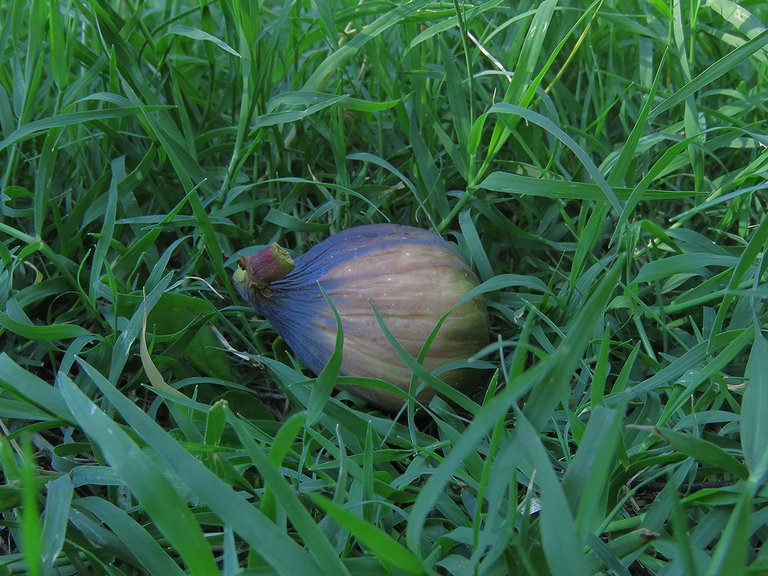
When an overripe fig falls from the tree, it attracts the usual fruit lovers from the insect world.
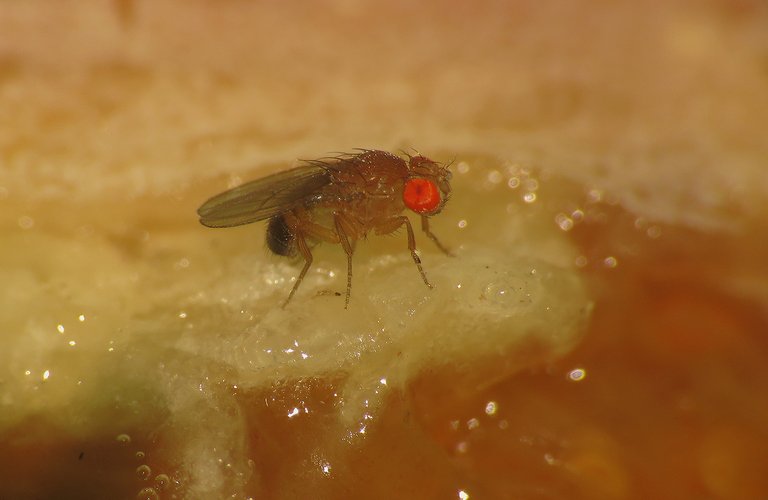
Here you can see the common fruit fly.
This is the red admiral, the butterfly introduced at the beginning of this episode.
Ants can be also seen feeding on the sweet liquids provided by the fruit.
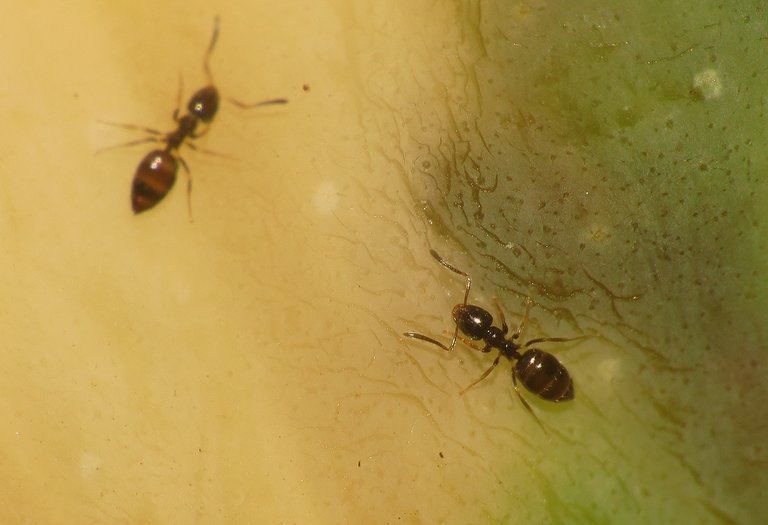
In this and the previous shot, you can see the minuscule Plagiolepis pygmaea workers. In the following photograph ...
... especially if you enlarge the picture by clicking on it, you can see how big a difference in size between two ant species can be. The big one is Camponotus aethiops. The tiny one - Plagiolepis pygmaea.
In this shot, a Drosophila melanogaster fly is resting on the leaf of some herbaceous plant near the fallen fig.
This slightly bigger Drosophila immigrans was photographed on the blade of grass about ten centimeters further.
Here you can see the tiny fly that I wasn't able to identify. In the following photograph ...
... a jumping spider is roaming the upper surface of the fig leaf. The name of the species is Icius hamatus. The family is Salticidae, of course.
This scene was photographed on the opposite surface of another leaf.
Another Icius hamatus has caught a winged Camponotus aethiops male.
It all happened on the lower branches of the tree. The spider with its prey was relatively high above my head ...
... so I spent about half an hour in a very uncomfortable pose on the tips of my toes to get these shots. When the following photograph was taken ...
... the spider was ready to leave what remains of the ant.
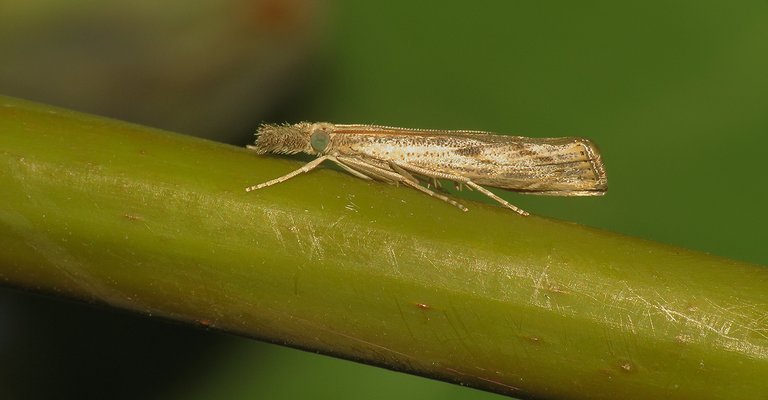
This moth was resting on the stalk of another leaf not far from there.
The name of the species is Agriphila inquinatella, it belongs to the Crambidae family. The tiny thing, shown in the following photograph...
... isn't an animal. It's just a seed that ended up attached to the fig leaf somehow. Can't tell you what plant has produced this thing.
One of the two lines of tomato plants I have in my garden this summer ends right next to the trunk of the fig tree shown in this photograph. Some branches are above the tomatoes therefore some partially dissolved overripe fruits or their sticky fragments don't reach the ground but end up glued to the tomato leaves and fruits.
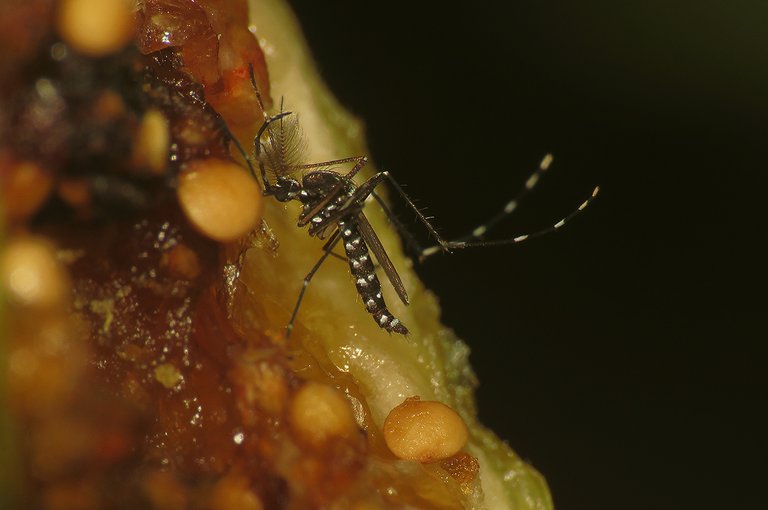
On one such partially dissolved fig I found a mosquito. An Aedes albopictus mosquito. The same species that was shown with the abdomen filled with my blood in the previous episode.
This is a male. Only females need blood. I knew that the males feed on nectar and other sugary liquids but this was the first time I actually saw and photographed one of them sucking something sweet.
A Carpophilus zeaphilus beetle was feeding on the same fruit.
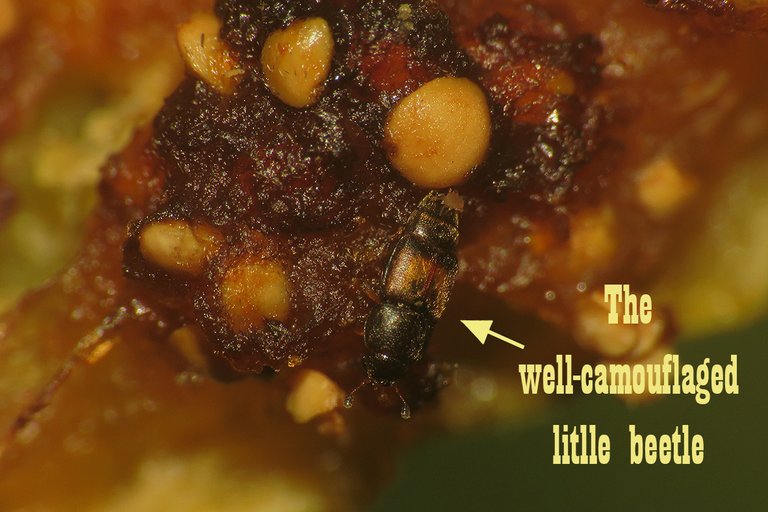
These beetles can be very hard to notice among the details of the fruit's interior.
Here you can see a Carpophilus zeaphilus resting on the stalk of the tomato fruit. While I was photographing the beetles and the male mosquitoes ...
... a female arrived and started sucking my blood. You can see its abdomen getting thicker if you follow the pictures in this triptych from the left to the right. When the following photograph was taken ...
... the abdomen was swollen enough for the blood in it to be visible.
Very soon the males as well could be seen on my skin. They weren't there for food but for the female.
Males are visibly smaller than females. But more often than not, you can't compare a male to a female and see which mosquito is bigger. The insects won't stay next to each other for you to identify their sex. you can easily recognize a male for its antennae. They look like minuscule feathers and are more sophisticated and sensitive than the antennae of the females.
The feathery antennae are a great tool for detecting the female feromones and hearing some specific sounds, frequencies that the human ear cannot hear, made by the buzzing female.
Here you can see a male attempting to mate while the female is feeding in the area near my heel. I had to get myself into a very uncomfortable, contorted pose to get these photographs.
Here you can see another female feeding.
This Drosophila melanogaster fly was feeding on the partially dissolved fruit that fell from the tree and ended up attached to the stems and leaves of the tomato plant. First I took a couple of photographs with the flash, and then ...
... I took one without it. The fly looks better and is more prominent in the shot when photographed in ambient light. But since the light was pretty low in the shade of the tree, shooting with the flash was much easier.
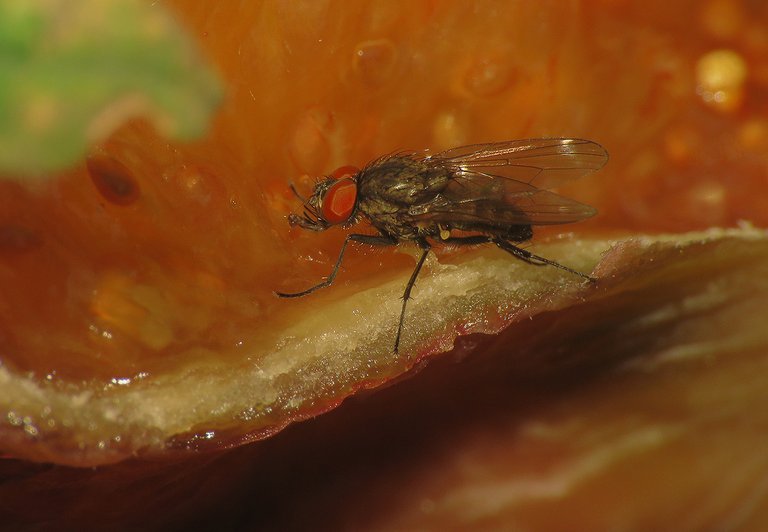
In this last shot, you can see the Fannia canicularis fly feeding on the fallen fig.
AND THAT'S IT. AS ALWAYS HERE ON HIVE, THE PHOTOGRAPHS ARE MY WORK
The following links will take you to the sites with more information about the protagonists of this post. I found some stuff about them there.
https://en.wikipedia.org/wiki/Vanessa_atalanta
https://www.antwiki.org/wiki/Camponotus_lateralis
http://www.pyrgus.de/Eupholidoptera_chabrieri_en.html
https://www.naturespot.org.uk/species/trichosirocalus-troglodytes
https://en.wikipedia.org/wiki/Apioninae
https://en.wikipedia.org/wiki/Nephrotoma_appendiculata
https://www.antwiki.org/wiki/Crematogaster_ionia
https://en.wikipedia.org/wiki/Crematogaster_scutellaris
https://www.landcareresearch.co.nz/discover-our-research/biodiversity-biosecurity/plants-invertebrates-fungi-and-bacteria/invertebrate-systematics/scale-insects/factsheets/ceroplastes-sinensis/
https://en.wikipedia.org/wiki/Coccus_hesperidum
https://en.wikipedia.org/wiki/Epuraea_ocularis
https://www.inaturalist.org/taxa/1145792-Carpophilus-zeaphilus
https://en.wikipedia.org/wiki/Drosophila_melanogaster
https://www.inaturalist.org/taxa/466522-Protaetia-aeruginosa
https://en.wikipedia.org/wiki/Plagiolepis_pygmaea
https://www.antwiki.org/wiki/Camponotus_aethiops
https://en.wikipedia.org/wiki/Drosophila_immigrans
https://en.wikipedia.org/wiki/Icius_hamatus
https://en.wikipedia.org/wiki/Agriphila_inquinatella
https://en.wikipedia.org/wiki/Aedes_albopictus
https://en.wikipedia.org/wiki/Lesser_house_fly
I have two more links of a different kind for you.
https://ecency.com/hive-140635/@borjan/summer-in-my-garden-episode
https://ecency.com/hive-140635/@borjan/summer-in-my-garden-episode-one-a-colorful-introduction-with-lady-beetles-and-tomatoes
These two will take you to the previous episodes if you wish to go there.
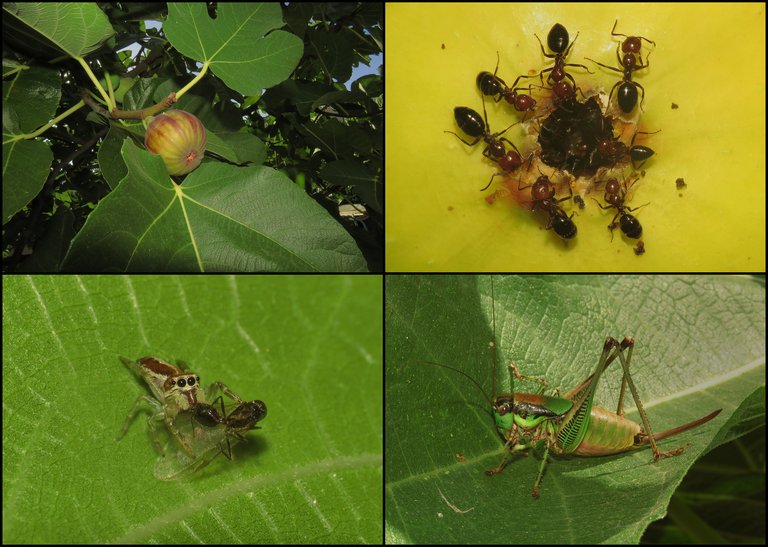
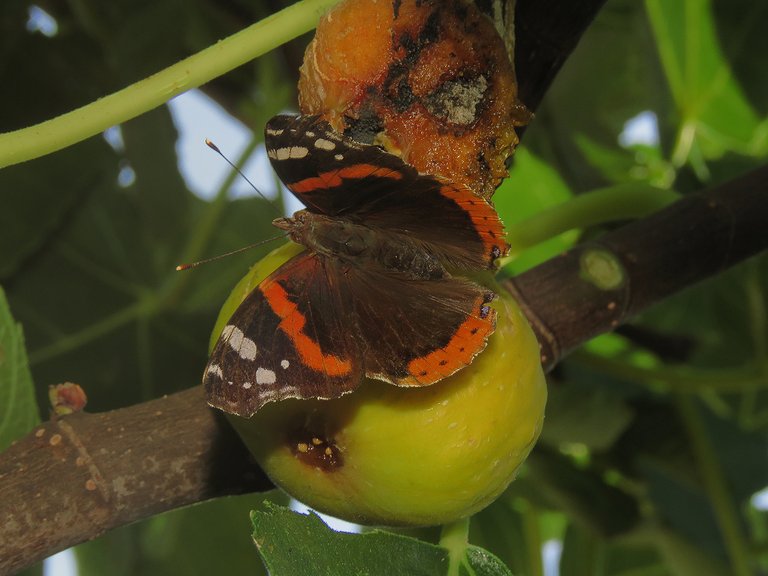
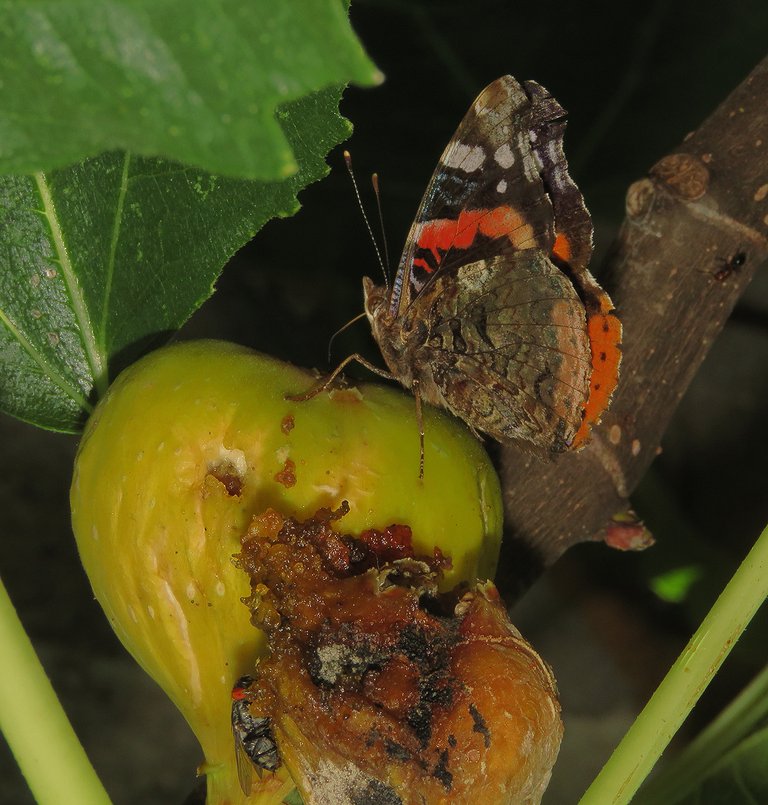
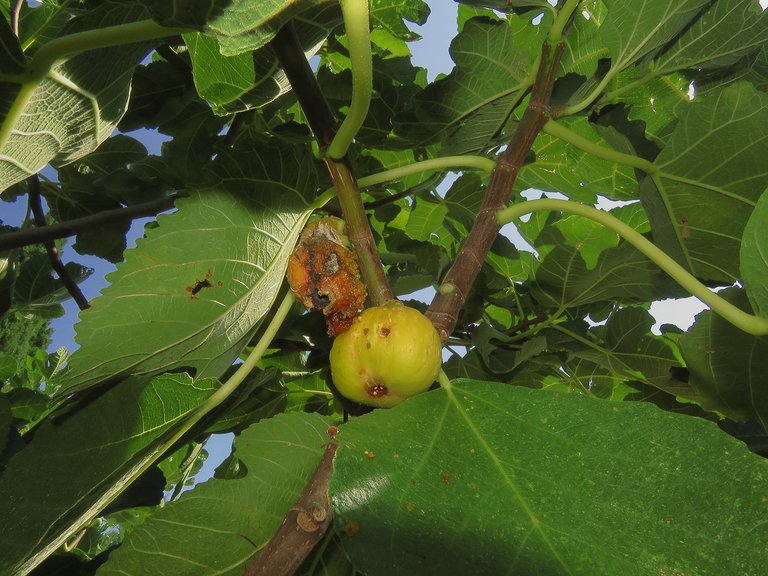
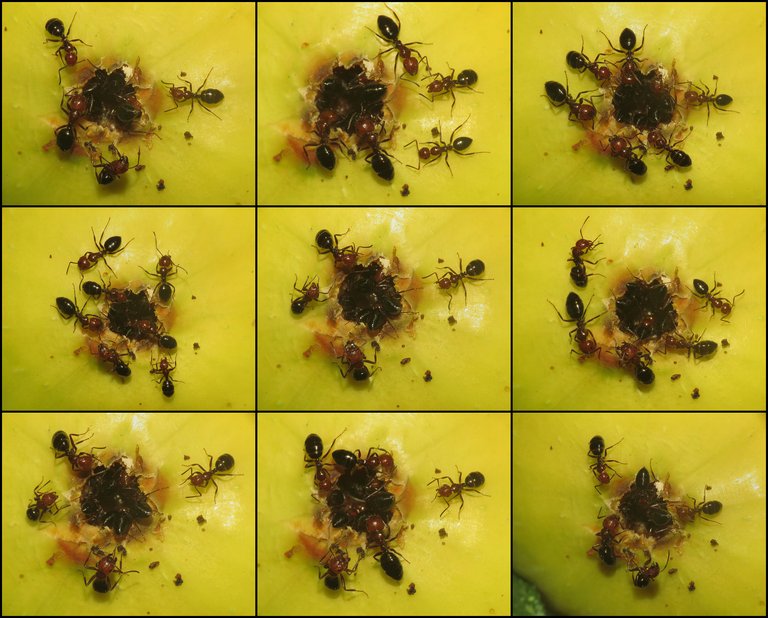
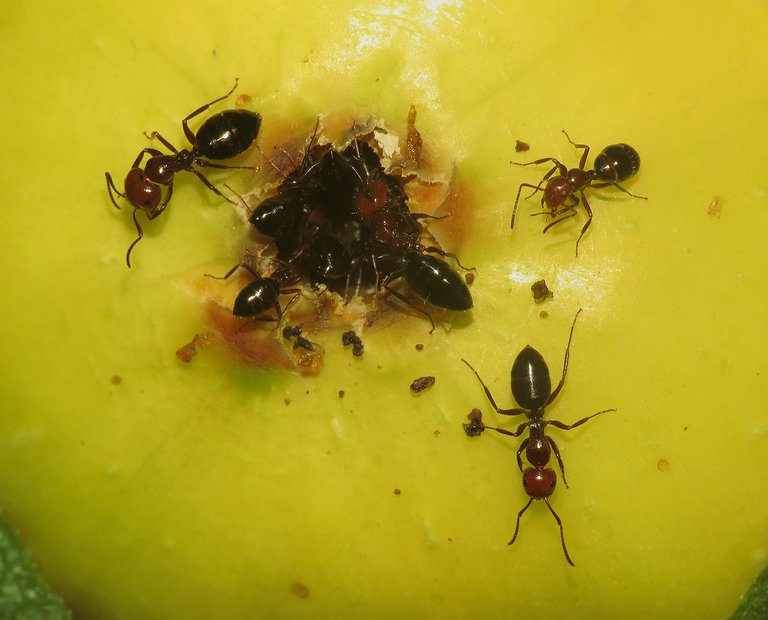
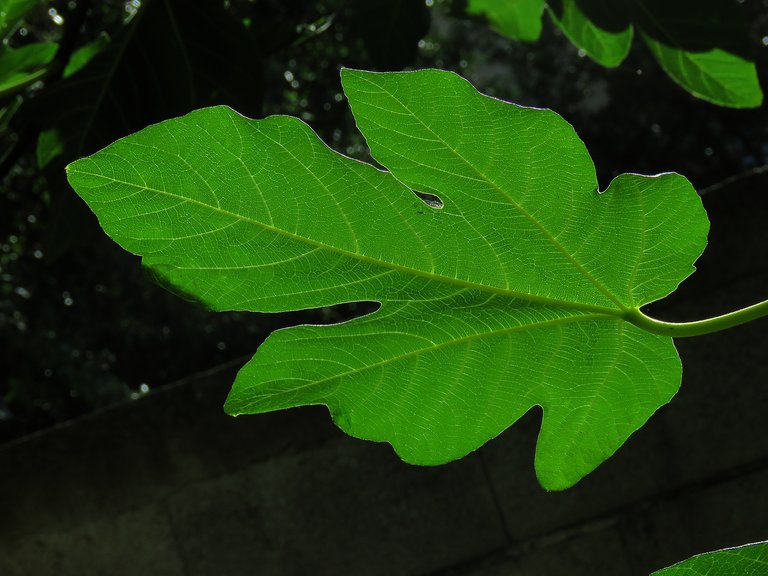


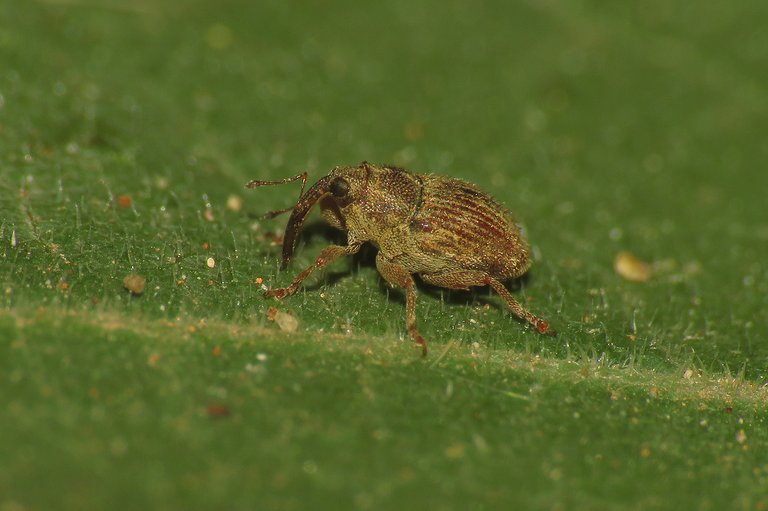
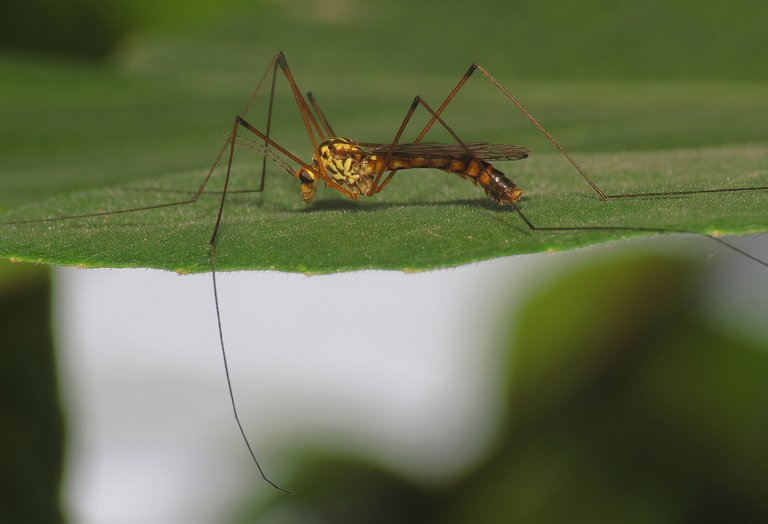

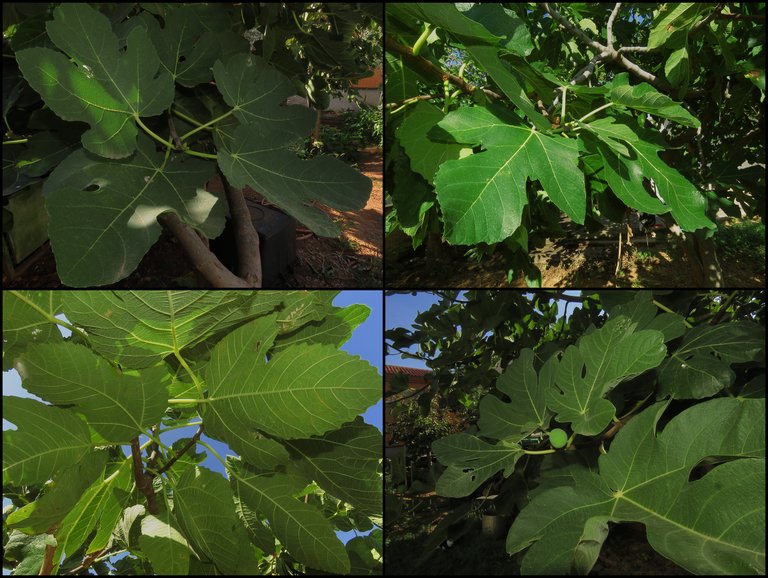
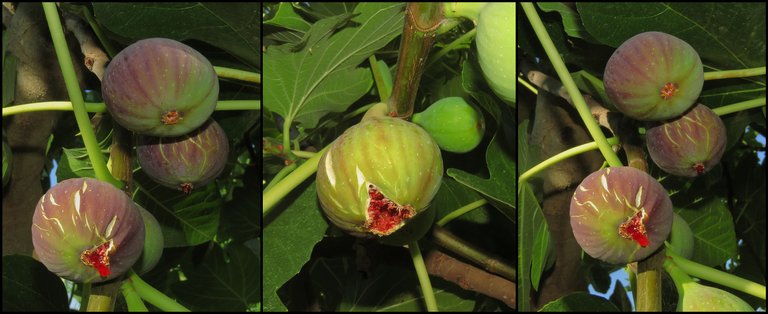
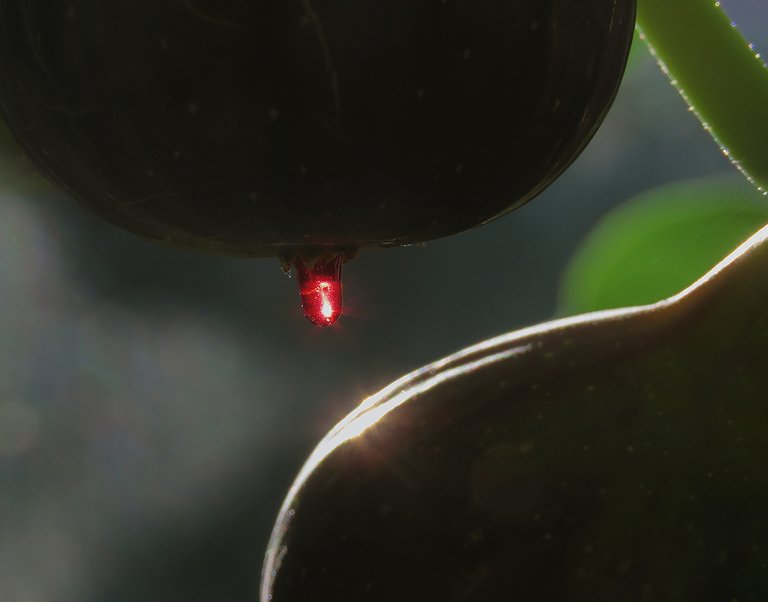
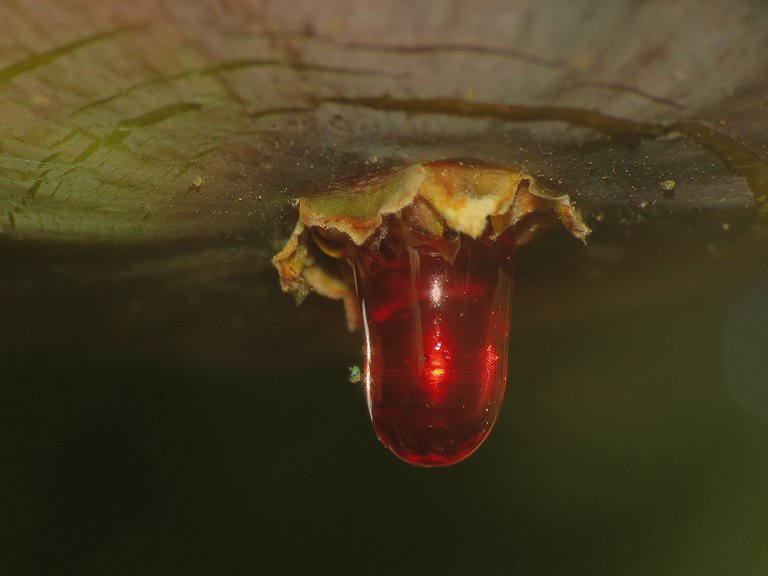

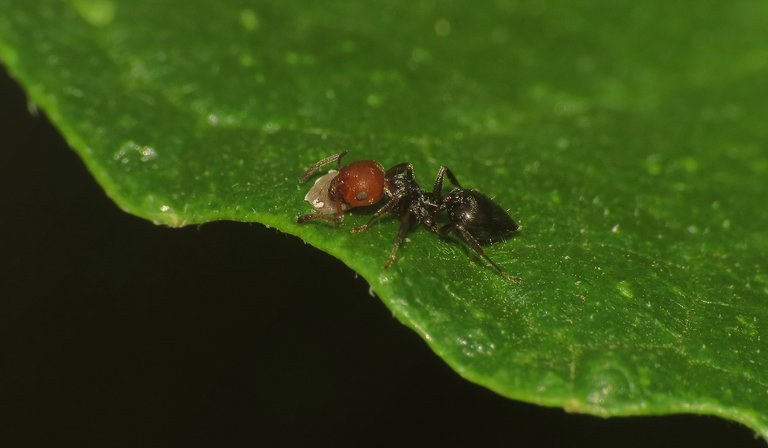

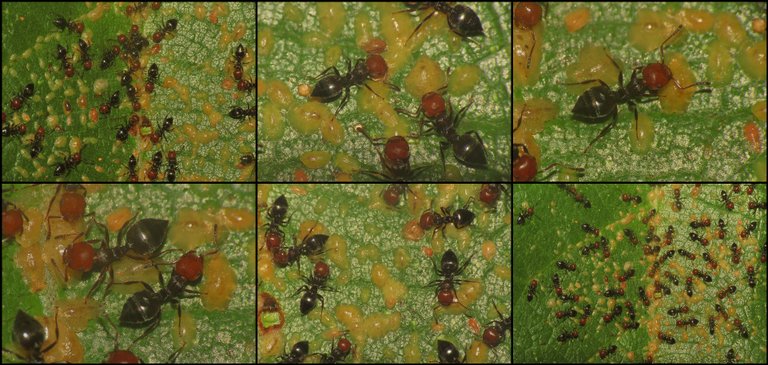
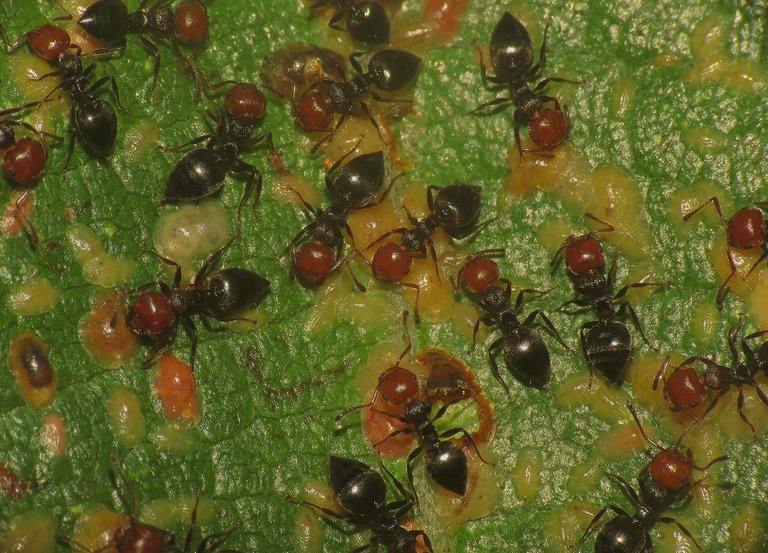

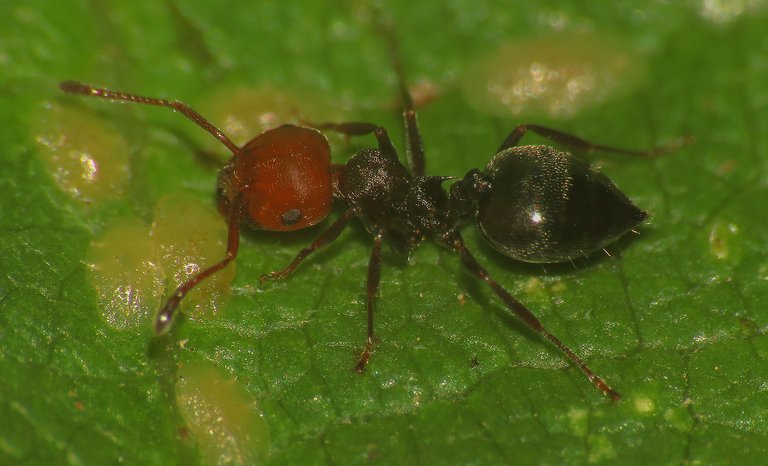

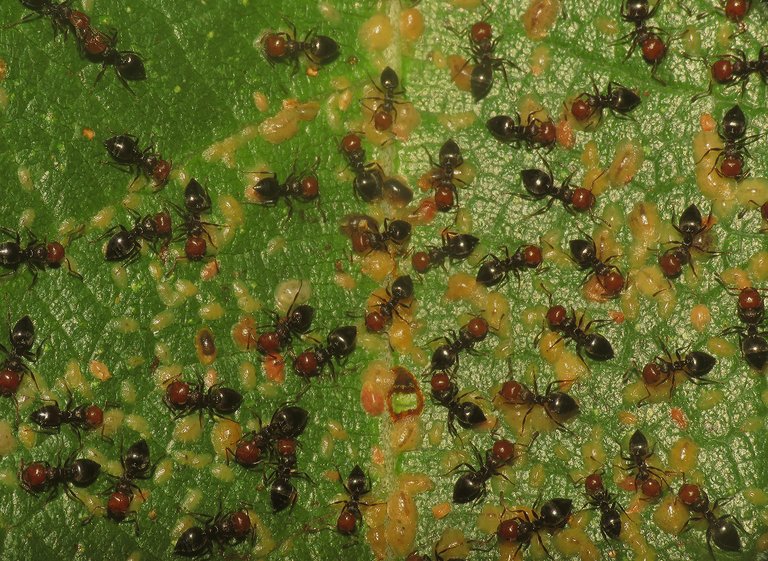
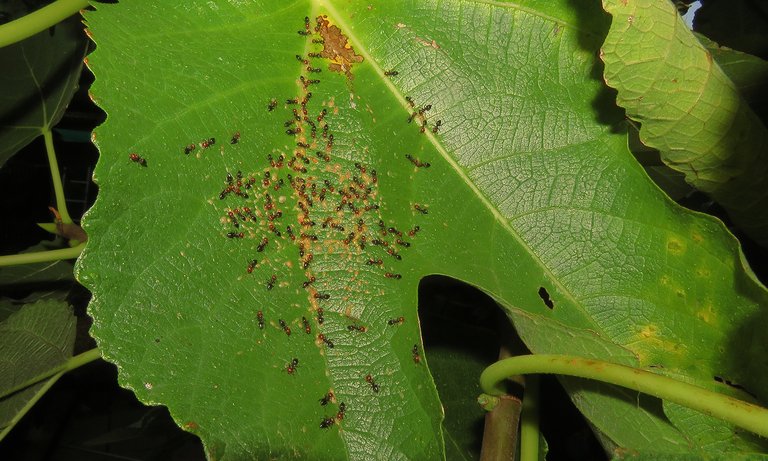
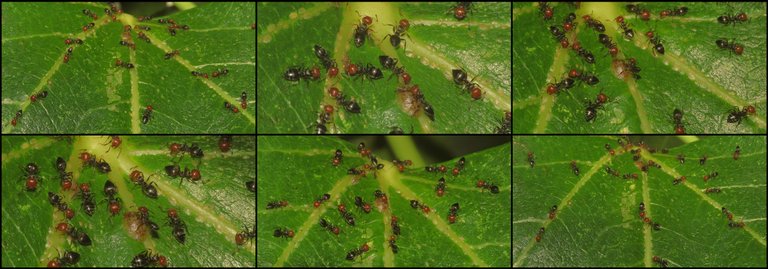

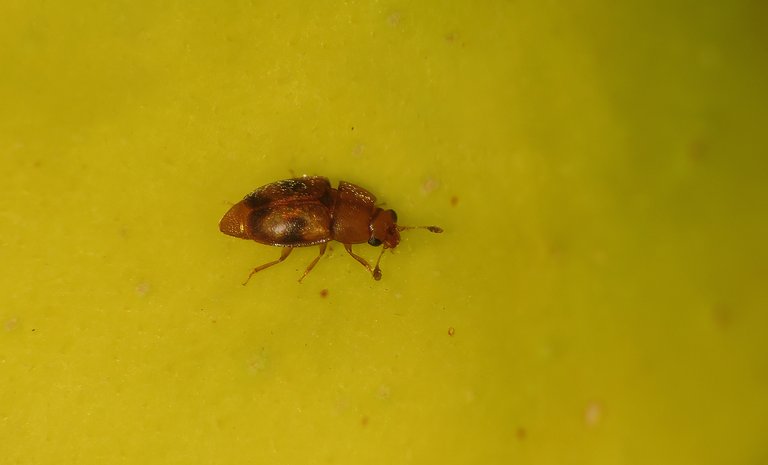
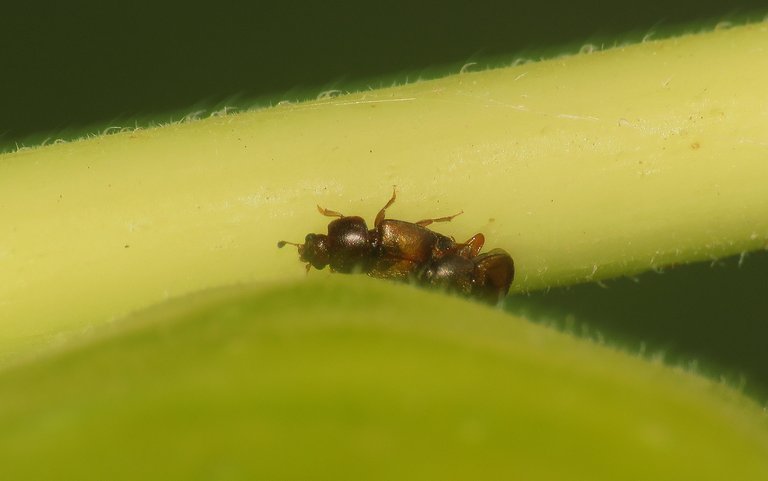


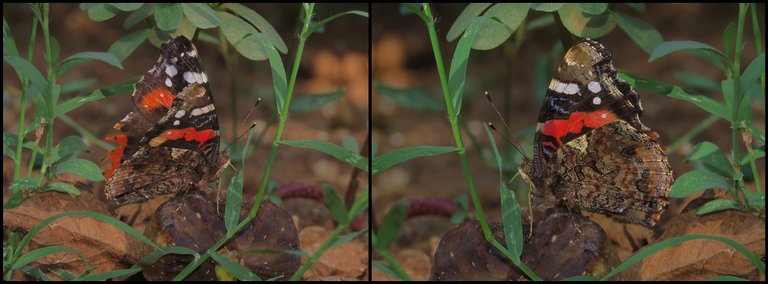
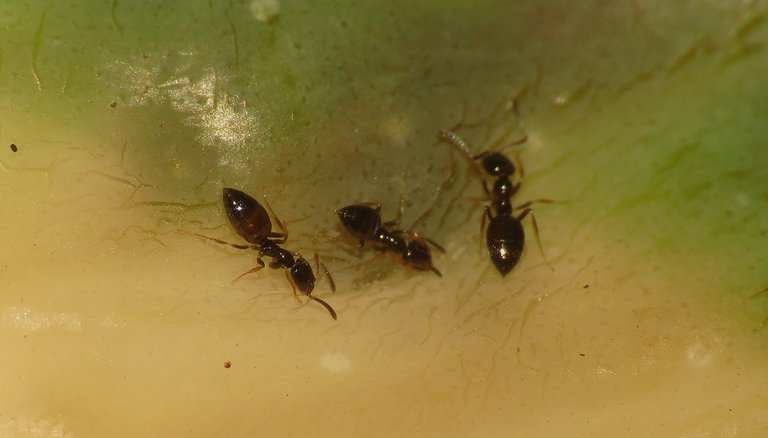
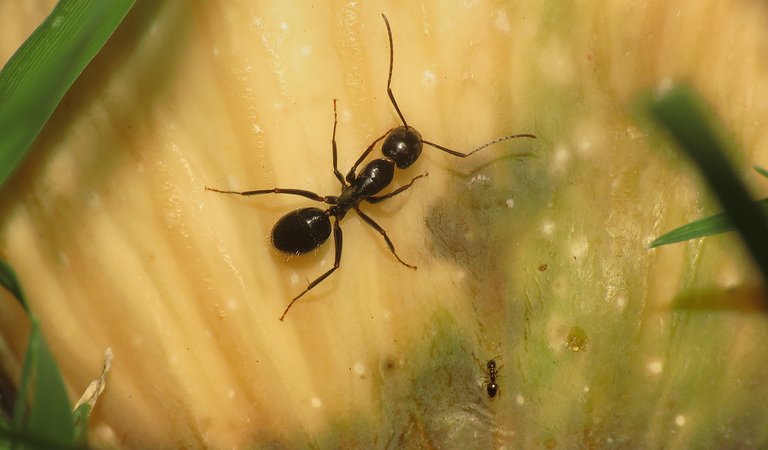
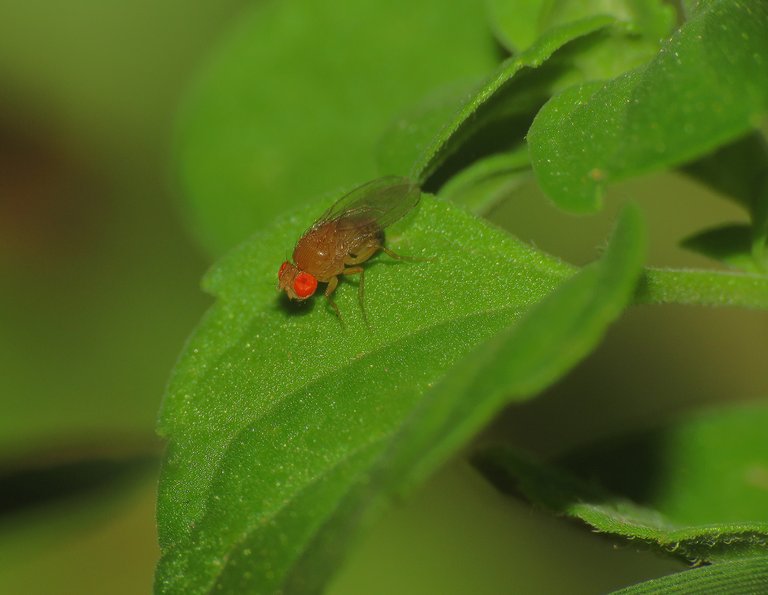
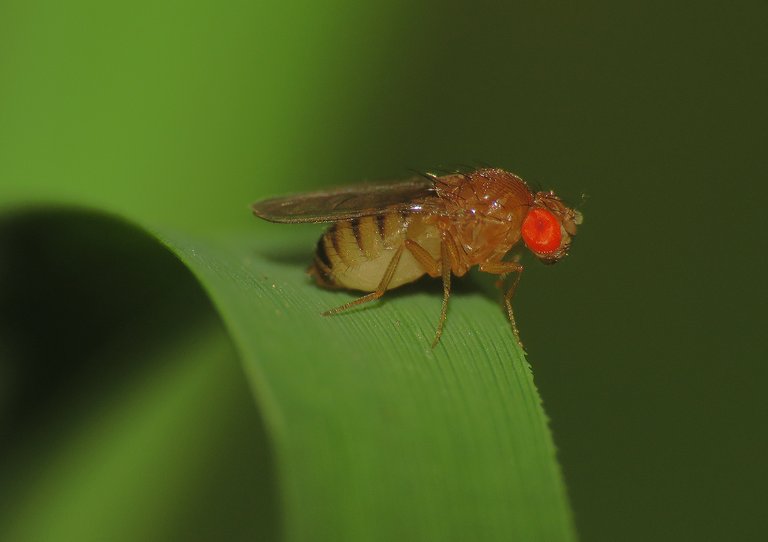


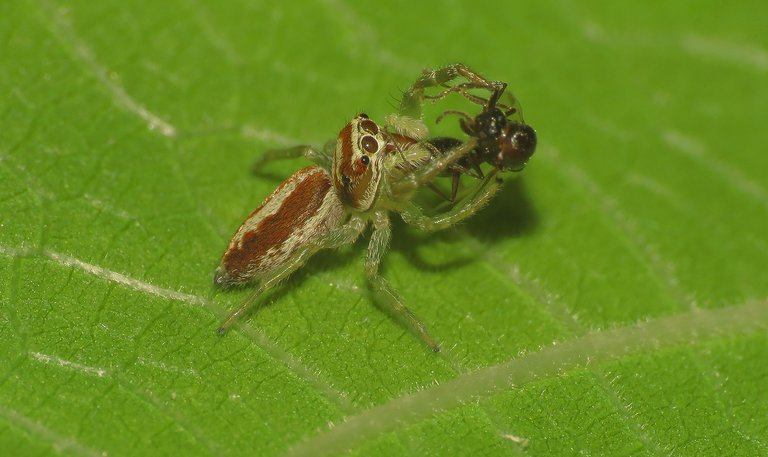
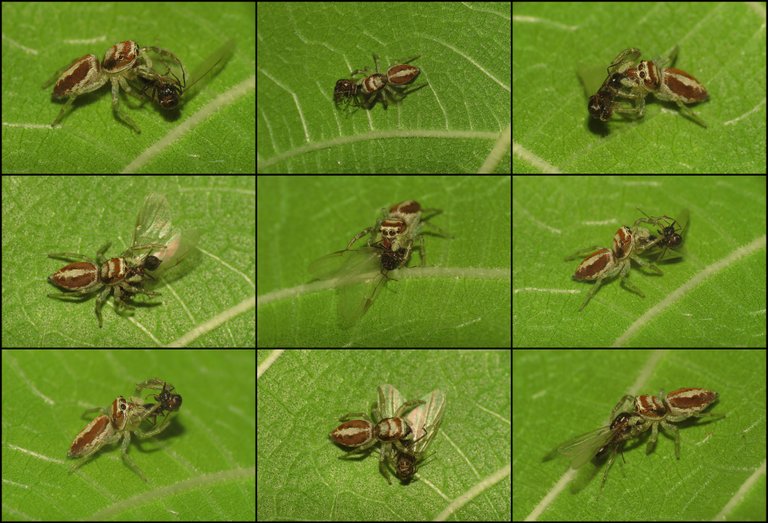
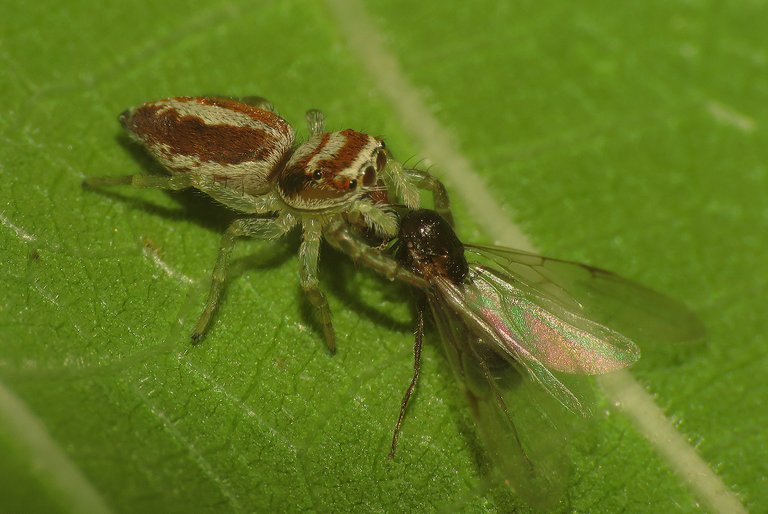

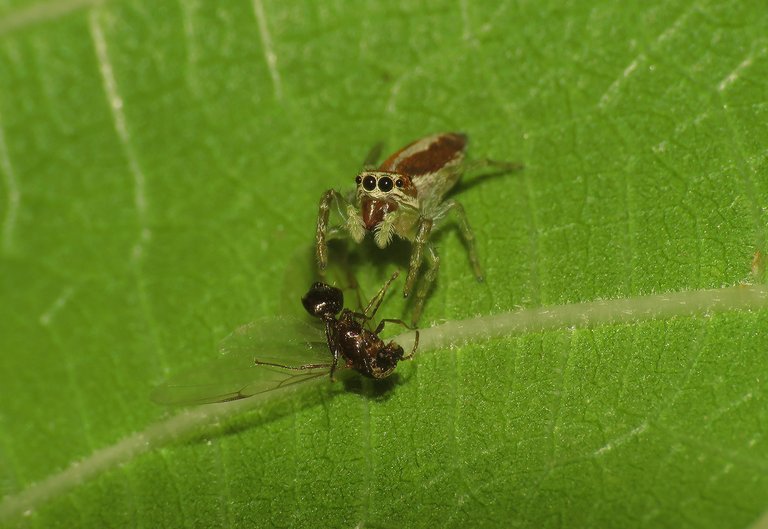
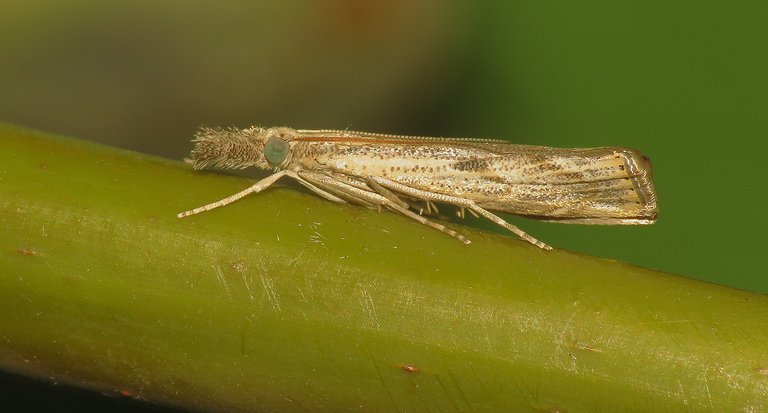
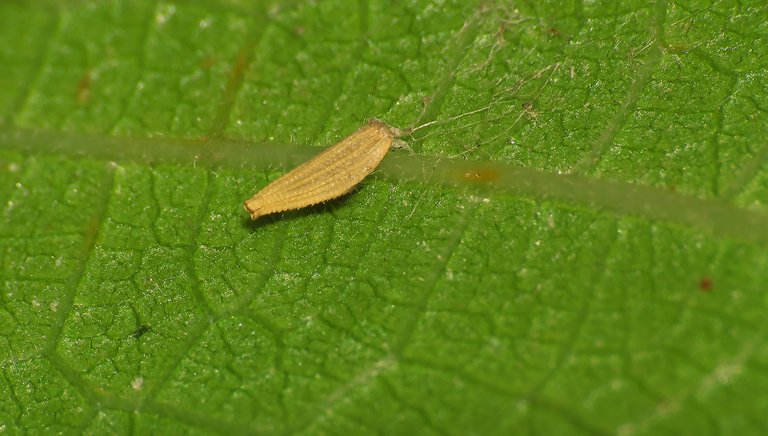
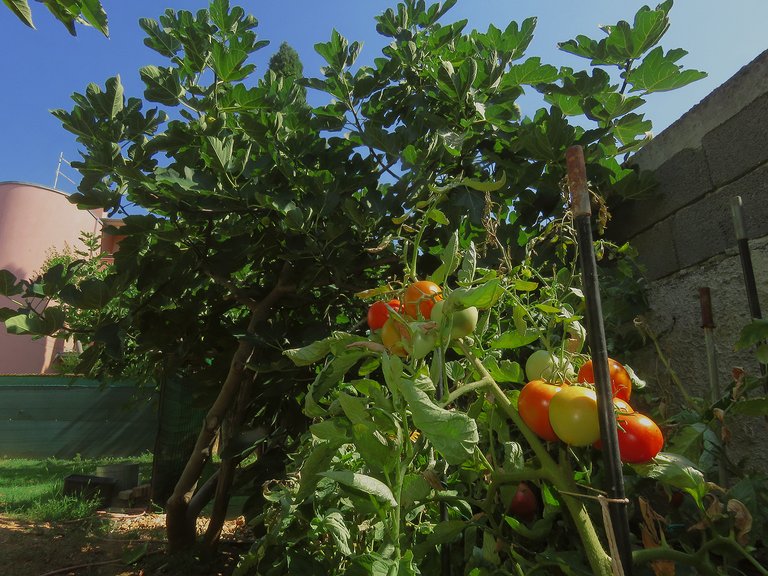
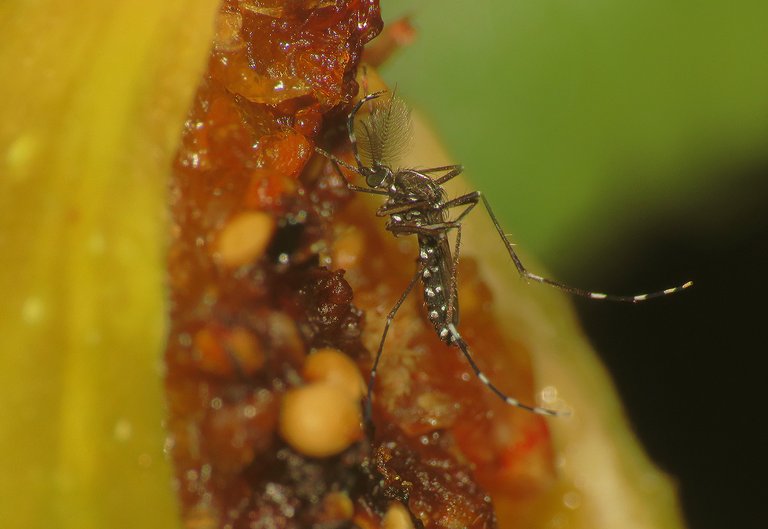
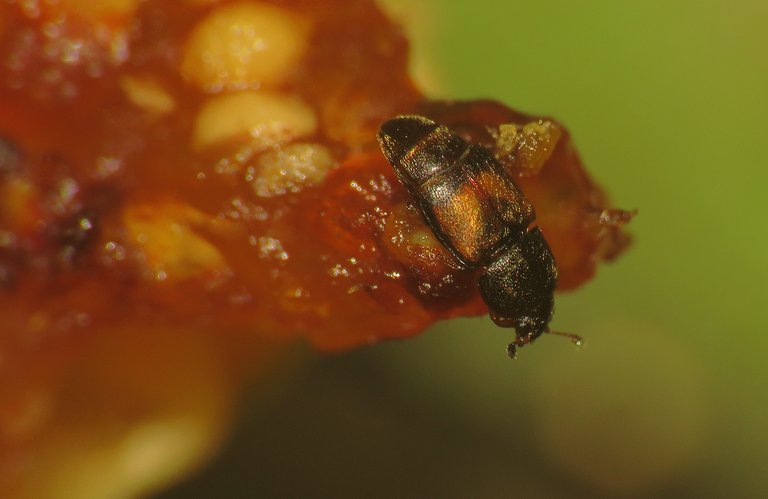
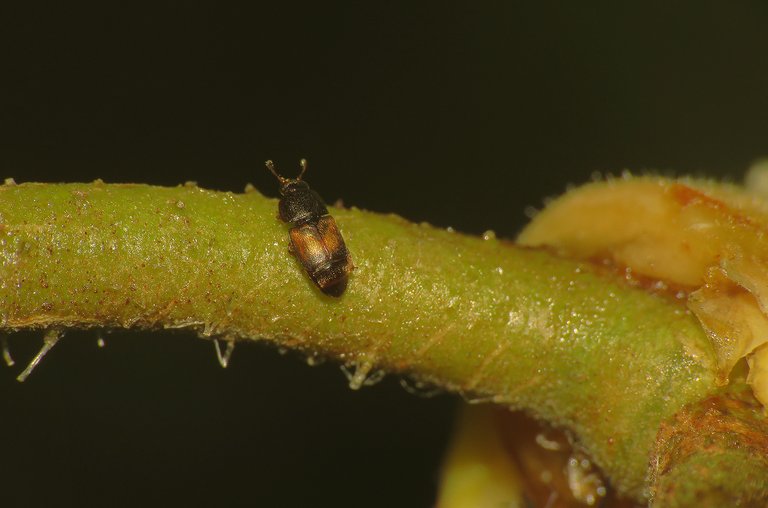

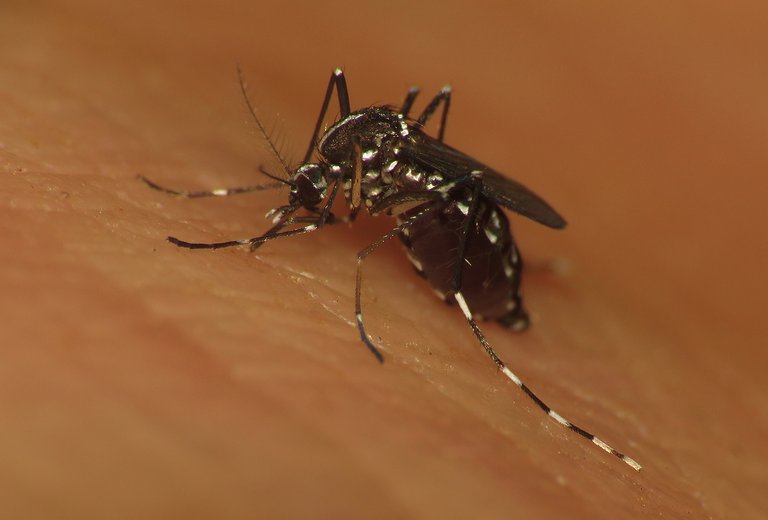
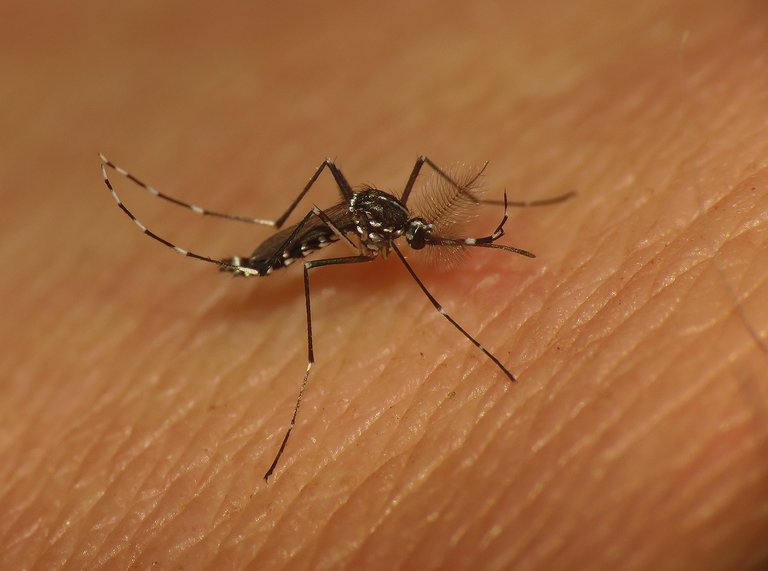
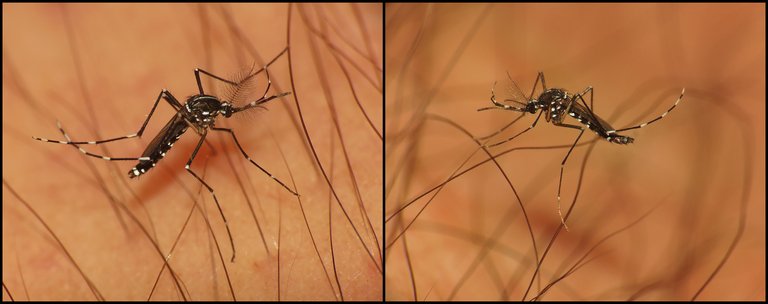
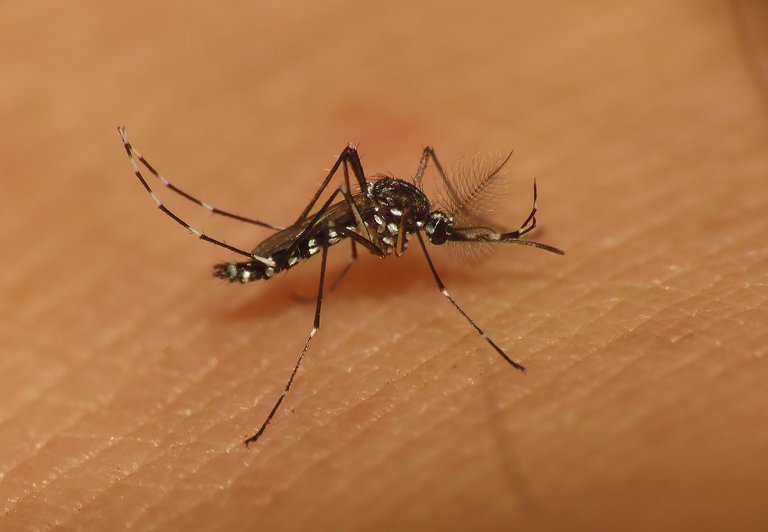

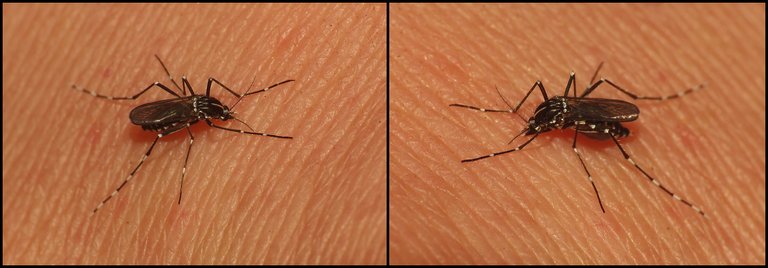
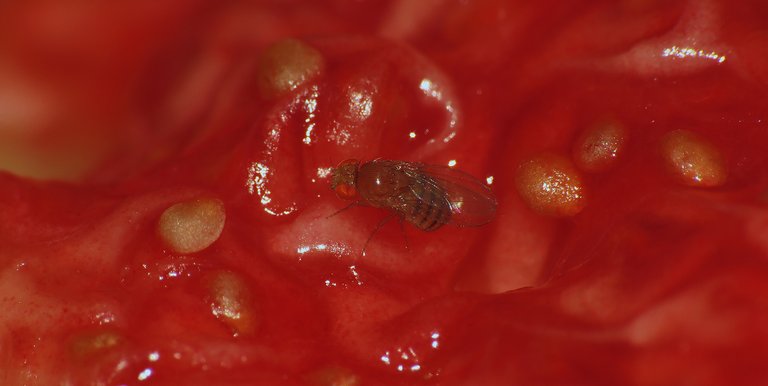

We have fig trees in the back of our house and those trees bear a lot of fruit and when they ripen there are many kinds of insects. You have done very nice photography.
What an amazing post! I've bookmarked it for future reference and cross posted it to the ecotrain community.
Thank you. 🙂 Glad you like this report from my garden.
Please keep them coming!
It was truly amazing, the group of ants looked very happy, enjoying the delicious figs
Having fruity trees is great. My parents have a tree in their house where all the times birds are sitting. On fruity trees, when butterflies, and other insects enjoy their feed, its awsome looking.
You really had a great shots of photos taken and thanks for sharing.
Magical pictures, true to life raw and real. Keep posting such marvels of nature. Appreciated.
I think I should plant a fruit tree in my front yard so that I could attract more insects into it. which will give me more subjects to photograph in my macro shots.
!DHEDGE !LUV !PIZZA
@borjan, @ekavieka(4/5) sent LUV. | connect | community | HiveWiki | NFT | <>< daily
! help(no space) to get help on Hive. InfoThis post has been selected for upvote from our token accounts by @ekavieka! Based on your tags you received upvotes from the following account(s):
- @dhedge.bonus
- @dhedge.stem
@ekavieka has 4 vote calls left today.
Hold 10 or more DHEDGE to unlock daily dividends and gain access to upvote rounds on your posts from @dhedge. Hold 100 or more DHEDGE to unlock thread votes. Calling in our curation accounts currently has a minimum holding requirement of 100 DHEDGE. The more DHEDGE you hold, the higher upvote you can call in. Buy DHEDGE on Tribaldex or earn some daily by joining one of our many delegation pools at app.dhedge.cc.
$PIZZA slices delivered:
@ekavieka(3/5) tipped @borjan
I haven't tasted figs yet. I wonder how it tastes.
Beautiful photos, and don't let yourself be bitten by the mosquitoes. Hehe
I agree with you, insect love good things too. Haha
Fig trees and their fruits are a great hub for insects to feast on, I only eat the fruit once in a while, not many of them are found here.
Good lecture on mosquitoes, didn't know much about the difference between a male and female one.
Must be so dope to be an ant and coming across one of those juicy figs. I gotta have some fig jam this summer.. thanks for the reminder! Awesome photos!
Your pictures never disappoint. The. Leaves still look fresh as it look like it was taken recently
Figs are great for cooking in Moroccan style dishes. I don't think we have the right climate here (UK) for growing them in our gardens, sadly. The ants in your photo certainly seem to love eating them also !LOL
Anyway, awesome macro shots, well done 👌 Happy Tuesday !VSC 😎
@fun.farms has sent VSC to @borjan
This post was rewarded with 0.1 VSC to support your work.
Join our photography communityVisual Shots
Check here to view or trade VSC Tokens
Be part of our Curation Trail
@fun.farms ha enviado VSC a @borjan
Éste post fue recompensado con 0.1 VSC para apoyar tu trabajo.
Únete a nuestra comunidad de fotografía Visual Shots
Consulte aquí para ver o intercambiar VSC Tokens
Se parte de nuestro Trail de Curación
lolztoken.com
1Forest1.
Credit: reddit
@borjan, I sent you an $LOLZ on behalf of fun.farms
(1/10)
ENTER @WIN.HIVE'S DAILY DRAW AND WIN HIVE!
!PIMP
You must be killin' it out here!
@shturm just slapped you with 1.000 PIMP, @fun.farms.
You earned 1.000 PIMP for the strong hand.
They're getting a workout and slapped 1/1 possible people today.
Read about some PIMP Shit or Look for the PIMP District
So many insects, now that fig red juice is want captured my eyes, it's so unique, and it looks like a bulb
being able to be in nature, and watching various types of species and fruit is definitely very enjoyable. @borjan
I love this one, it is amazing!
https://twitter.com/lee19389/status/1706645371642957917
#hive #posh
these aunts and butterflies are taking their part from your garden. It's how nature works.
Dis you ever study anything about animals because I'm surprised with the way you know so much about their species and so on...nice pictures!
I never did any school that teaches specifically about biology, zoology, and stuff like that. 🙂 I learn stuff from the Internet while working on these posts. It all started with blogging on Hive. I was photographing the plants and animals before but never bothered learning more about them.
Yay! 🤗
Your content has been boosted with Ecency Points, by @ekavieka.
Use Ecency daily to boost your growth on platform!
Support Ecency
Vote for new Proposal
Delegate HP and earn more
https://twitter.com/LovingGirlHive/status/1706723507613335642
These ant shots are just perfect , enjoyed alot :-)
Have a nice week ahead 🙏
Thank you. 😄 Have a great day.
Here is night...what time there you live?
Here also. Early in the night. 8 PM.
Okay...and here 11.35 pm
A few hours deeper into the night. 🙂 The morning will come sooner.
https://twitter.com/jewellery_all/status/1706754727235797132
Amazing shots man! Insects got food to eat to theirs heart content😄
In the same way that our favorite food is presented in front of us, we eat it in the same way that these chicks are eating.
Now I understand that I have many competitors who share my passion for figs :)
!ALIVE
@borjan! You Are Alive so I just staked 0.1 $ALIVE to your account on behalf of @ peter-stone. (2/10)
The tip has been paid for by the We Are Alive Tribe through the earnings on @alive.chat, feel free to swing by our daily chat any time you want, plus you can win Hive Power (2x 50 HP) and Alive Power (2x 500 AP) delegations (4 weeks), and Ecency Points (4x 50 EP), in our chat every day.

How are you even able to capture these butterflies without them flying away?
I’d love to know the tricks though.
I approach them slowly. Sometimes I stay still for about ten minutes or so, waiting for them to accept my presence, and then slowly approach with the camera. Sometimes nothing works, though 😃
https://leofinance.io/threads/misterfabb/re-misterfabb-2wdhpvzqa
The rewards earned on this comment will go directly to the people ( misterfabb ) sharing the post on LeoThreads,LikeTu,dBuzz.